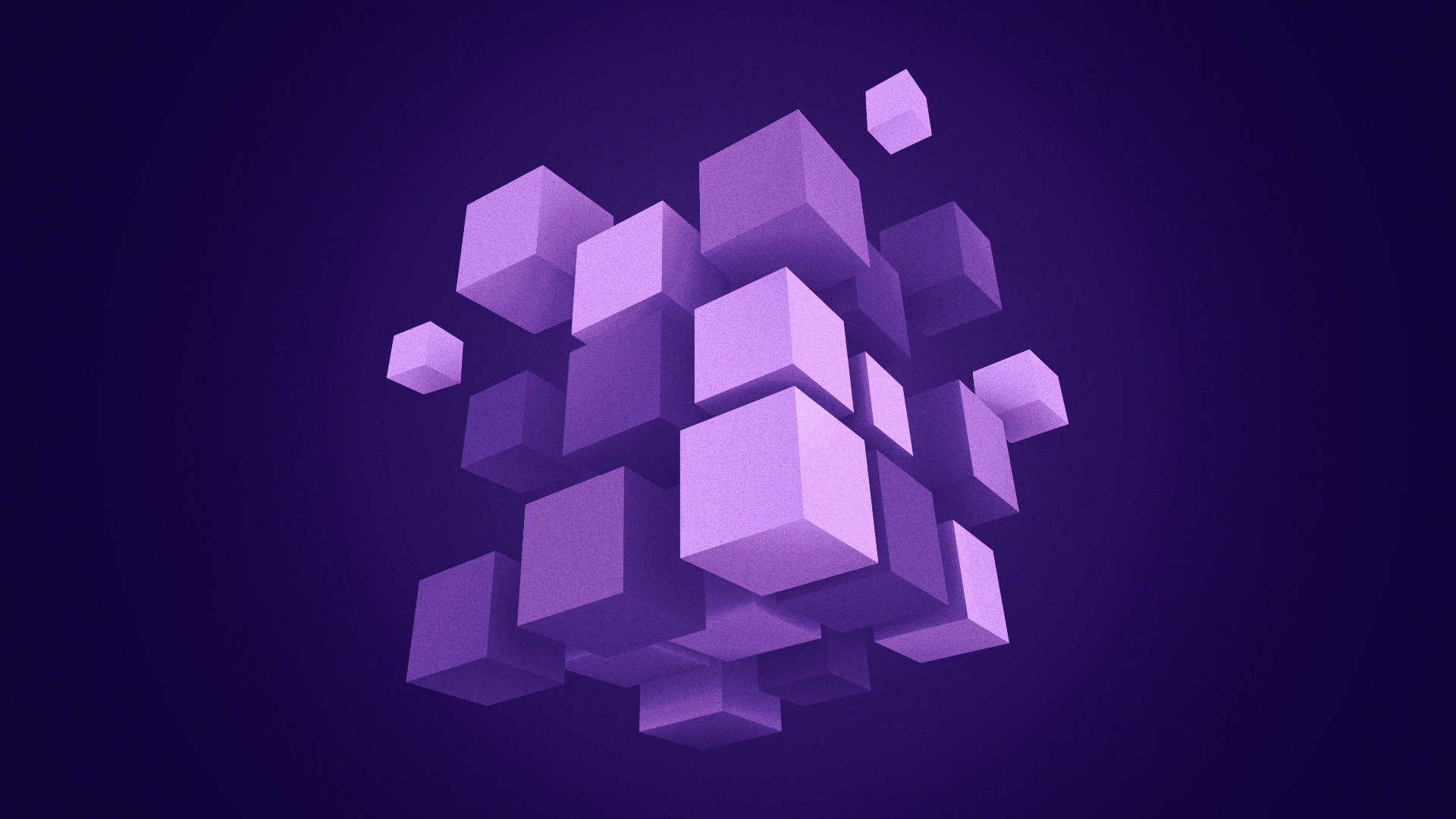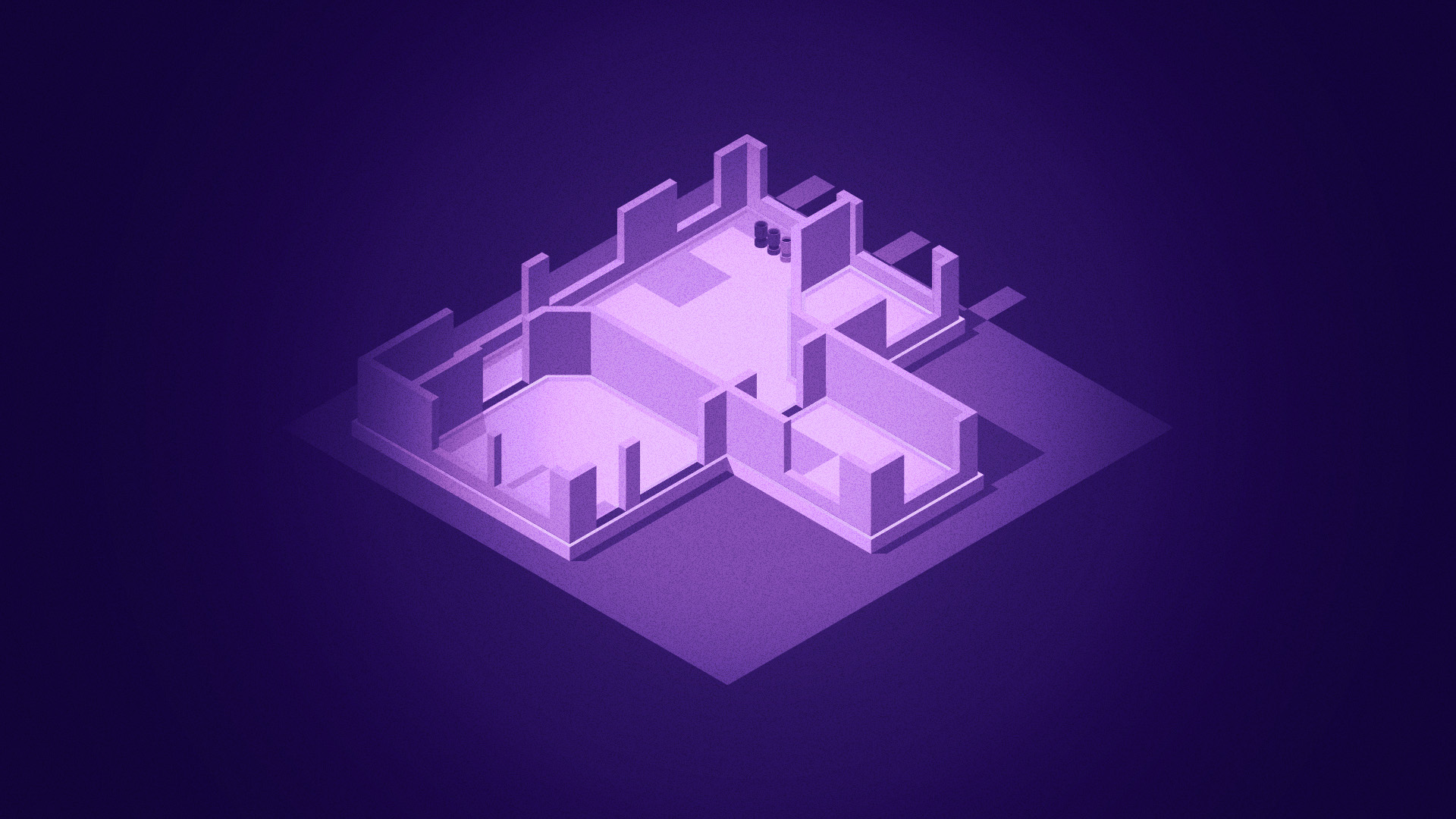Modular blockchains are a new way of building blockchain systems. Instead of doing everything in one place, they break the work into smaller parts. Each part handles a specific job like security, data storage, or running apps.
This makes it easier to build better, faster, and more flexible blockchains. This post looks at what makes modular blockchains different and why they matter in Web3 today.
Understanding Blockchain Architecture – Monolithic vs Modular
A monolithic blockchain is a type of blockchain where all the core functions happen within one layer. These functions include execution (running smart contracts and processing transactions), consensus (making sure everyone agrees on the state of the chain), and data availability (making sure data is stored and accessible).
Blockchains like Bitcoin and the early version of Ethereum follow this design. While this structure is simple and secure, it can become slow or hard to scale as more users join and the network grows.
A modular blockchain, on the other hand, splits these tasks into different layers. Each layer handles a specific job. For example, one layer might only run smart contracts, while another handles consensus, and a third takes care of storing data. This approach makes the system more flexible and easier to upgrade. Developers can work on improving one part without affecting the others. It also allows blockchains to handle more users and bigger workloads without slowing down.
Projects like Celestia are leading examples of modular blockchains. They give developers more freedom to build custom solutions and experiment with new ideas. By breaking up responsibilities, modular blockchains bring better performance, greater flexibility, and new ways to build useful blockchain apps.
The Building Blocks of a Modular Blockchain
A modular blockchain is made up of separate layers that each handle a different job. These layers work together to keep the network running smoothly, but they don’t all sit in one place like in a monolithic blockchain.
The Execution Layer is where smart contracts are run and the blockchain’s state is updated. This means it handles the logic behind apps built on the blockchain, like sending tokens or minting NFTs. When someone makes a transaction, the execution layer figures out what needs to happen and updates the system.
The Consensus Layer is responsible for checking and confirming that transactions are correct. It helps everyone agree on what happened and in what order. This layer also protects the blockchain from attacks by making sure that only valid actions are added to the chain.
The Data Availability Layer makes sure that the data from each transaction is stored and can be accessed. This layer is important because other parts of the blockchain need to see and verify this data to work properly. It’s like making sure the pieces of a puzzle are always on the table and easy to reach.
By keeping these parts separate, modular blockchains can grow and change without breaking. Each layer can improve on its own, which helps the system stay fast, safe, and easy to build on.
Benefits of Modular Blockchain Design
Modular blockchain design comes with several simple but powerful benefits.
First, it allows for scalability. Because each part of the blockchain is separate, it can grow without slowing the whole system down. For example, more users and apps can join without overloading the network.
Second, it supports interoperability. Modular blockchains can work with other blockchains more easily since each part can be built to connect with outside systems. This helps projects share data and value across networks.
Third, it gives developers customizability. They can mix and match different layers based on what they need. For instance, one project might want a faster execution layer, while another might choose a more secure one.
Finally, modular design allows for faster innovation. Since each layer can be updated or replaced without affecting the others, new ideas and tools can be tested and added more quickly.These benefits make modular blockchains more flexible and ready for future growth.
Modular Blockchains in the Real World – Use Cases and Trends
Modular blockchains are already being used in real projects today. One common example is Layer 2 networks. These are blockchains that sit on top of a base layer like Ethereum. They focus on running smart contracts faster and cheaper, while the base layer handles final security. This setup is more efficient because each part does one job well.
Some projects now outsource data availability. Instead of storing all data on their own network, they use another service to keep the data easy to find and check. Celestia is one such example that provides data availability for other blockchains.
There are also ecosystems building specialized chains. These are chains built for a certain purpose—like payments, NFTs, or games. Because modular design is flexible, projects can build only what they need and still connect with other networks.
Fan Tokens, like those on Binance, could also benefit from this kind of setup. With many fans joining from around the world, modular networks can support more users and apps without slowing down. This helps fan-focused projects grow while keeping the experience smooth.
As more Web3 apps are built, modular blockchains are becoming a smart choice. They help developers build faster, support more users, and keep projects ready for the future.
Why Are Modular Blockchains Better for Scalability?
Modular blockchains are better for scalability because each part of the system does one job. Instead of one chain doing everything, the work is split across layers. One layer handles smart contracts, another handles transaction checks, and another makes data easy to find.
This setup means tasks don’t pile up in one place. More users can join, and more apps can run at the same time without slowing the network. Since new layers can be added or changed without stopping the whole system, it’s easier to grow.
In short, modular blockchains can handle more traffic because they divide the work — making things faster and more flexible.











